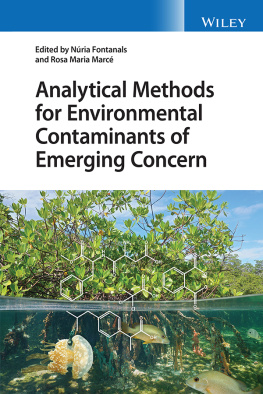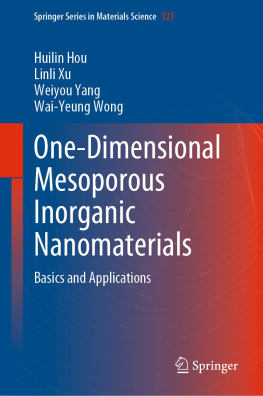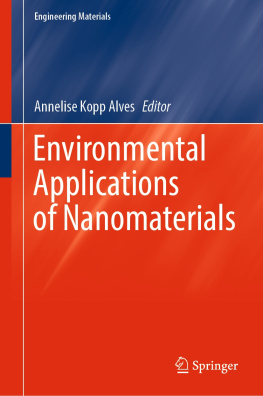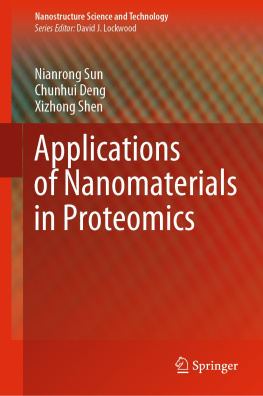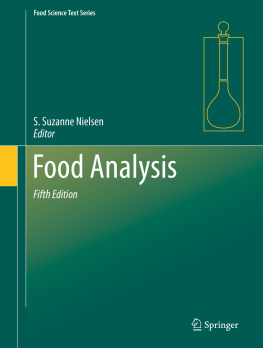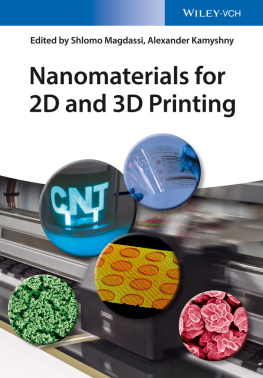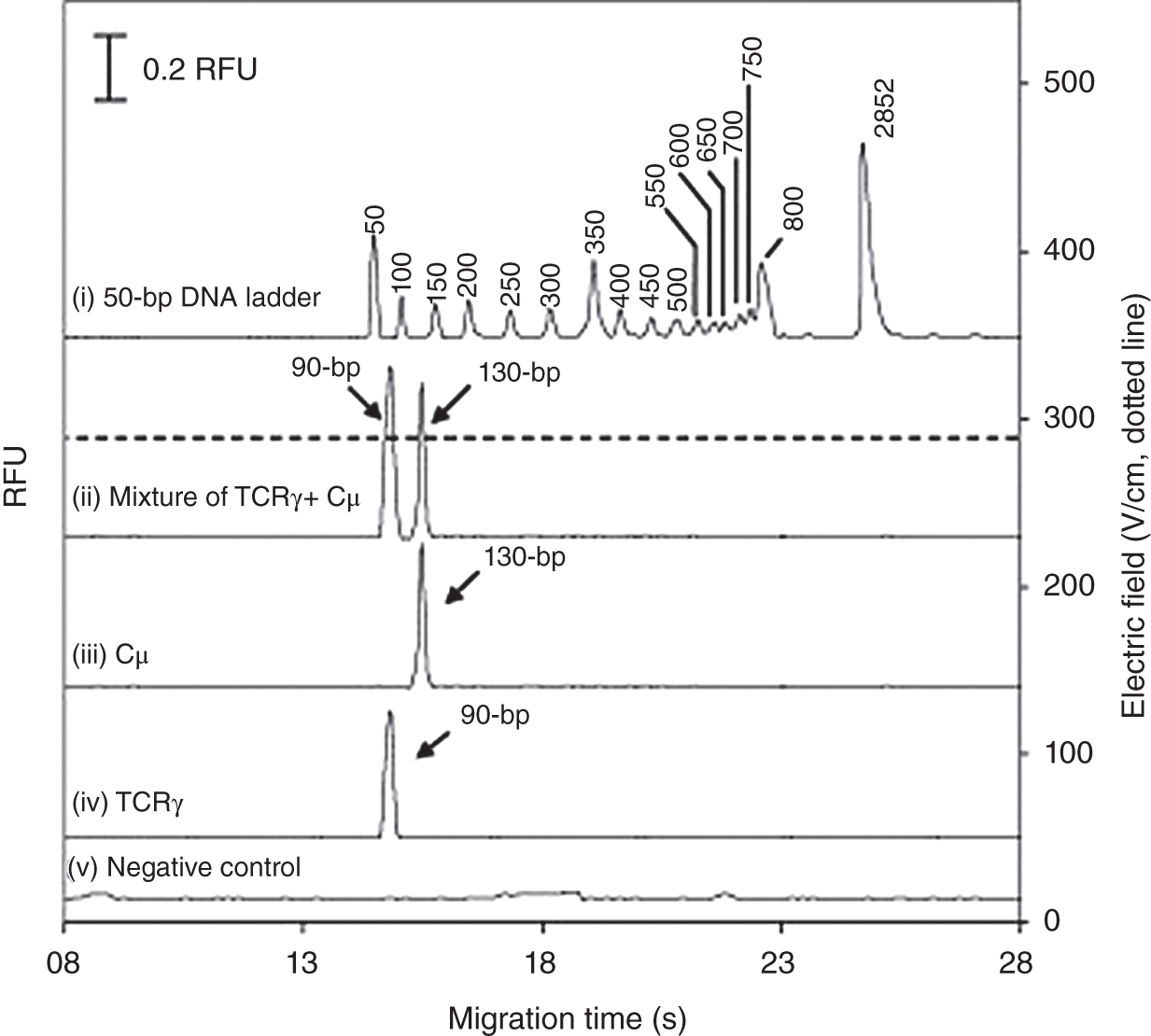Suresh Kumar Kailasa - Miniaturized Analytical Devices: Materials and Technology
Here you can read online Suresh Kumar Kailasa - Miniaturized Analytical Devices: Materials and Technology full text of the book (entire story) in english for free. Download pdf and epub, get meaning, cover and reviews about this ebook. City: Weinheim, year: 2021, publisher: Wiley-VCH, genre: Science. Description of the work, (preface) as well as reviews are available. Best literature library LitArk.com created for fans of good reading and offers a wide selection of genres:
Romance novel
Science fiction
Adventure
Detective
Science
History
Home and family
Prose
Art
Politics
Computer
Non-fiction
Religion
Business
Children
Humor
Choose a favorite category and find really read worthwhile books. Enjoy immersion in the world of imagination, feel the emotions of the characters or learn something new for yourself, make an fascinating discovery.

- Book:Miniaturized Analytical Devices: Materials and Technology
- Author:
- Publisher:Wiley-VCH
- Genre:
- Year:2021
- City:Weinheim
- Rating:5 / 5
- Favourites:Add to favourites
- Your mark:
Miniaturized Analytical Devices: Materials and Technology: summary, description and annotation
We offer to read an annotation, description, summary or preface (depends on what the author of the book "Miniaturized Analytical Devices: Materials and Technology" wrote himself). If you haven't found the necessary information about the book — write in the comments, we will try to find it.
Miniaturized Analytical Devices
An in-depth overview of integrating functionalized nanomaterials with mass spectrometry, spectroscopy, electrophoresis, and other important analytical techniques
Miniaturized Analytical Devices: Materials and Technology is an up-to-date resource exploring the analytical applications of miniaturized technology in areas such as clinical microbiology, pharmaceuticals, agriculture, and environmental analysis. The book covers the integration of functional nanomaterials in mass spectrometry, microscopy, electrophoresis, and moreproviding the state-of-the-art information required for successfully implementing a range of chemical analysis techniques on microchips.
Featuring contributions from a panel of international experts in the field, the book begins with an introduction to selected miniaturized devices, nanomaterials, and analytical methods. Subsequent sections describe functionalized nanomaterials (FNMs) for miniaturized devices and discuss techniques such as miniaturized mass spectrometry for bioassays and miniaturized microscopy for cell imaging. The book concludes by exploring a variety of applications of miniaturized devices in areas including metal analysis, bioimaging, DNA separation and analysis, molecular biology, and more. This timely volume:
- Surveys the current state of the field and provides a starting point for developing faster, more reliable, and more selective analytical devices
- Focuses on the practical applications of miniaturized analytical devices in materials science, clinical microbiology, the pharmaceutical industry, and environmental analysis
- Covers a wide range of materials and analytical techniques such as microvolume UV-VIS spectroscopy, microchip and capillary electrophoresis, and matrix assisted laser desorption ionization-mass spectrometry (MALDI-MS) analysis
- Discusses the role of miniaturized analytical devices in securing a green and sustainable future
Miniaturized Analytical Devices: Materials and Technology is essential reading for analytical chemists, analytical laboratories, materials scientists, biologists, life scientists, and advanced students in related fields.
Suresh Kumar Kailasa: author's other books
Who wrote Miniaturized Analytical Devices: Materials and Technology? Find out the surname, the name of the author of the book and a list of all author's works by series.

